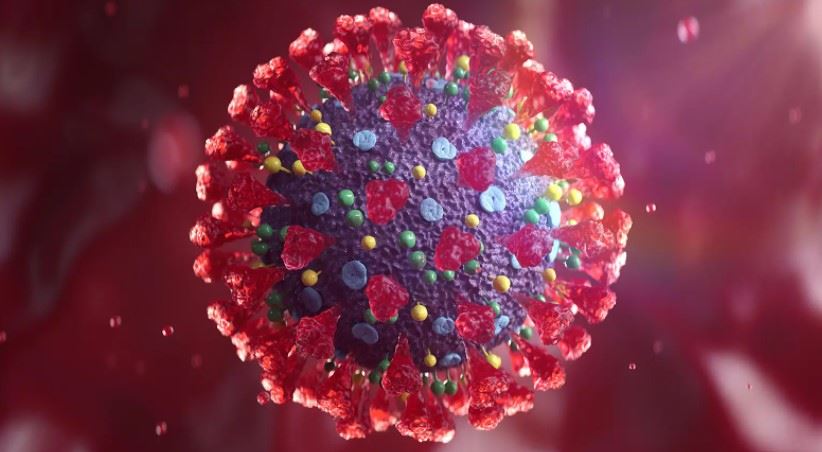 Vaccinators have administered 340,000 doses of the new COVID-19 booster vaccines in Illinois, according to the Department of Public Health.
Vaccinators have administered 340,000 doses of the new COVID-19 booster vaccines in Illinois, according to the Department of Public Health.
The agency announced Friday that about 137,000 doses of the boosters, which provide extra protection against the omicron subvariants, were given last week.
“This is an encouraging sign as we head into the fall season and face a potential increase in COVID-19 cases and hospitalizations,” IDPH Director Dr. Sameer Vohra said in a statement. “Illinois is fortunate to have a significant supply of bivalent boosters.”
The Chicago Department of Public Health said they have seen more than 75,000 booster doses administered to Chicagoans as of Sept. 21.
There were 17,373 confirmed and probable cases of COVID-19 reported in Illinois last week, a 1.2 percent decrease from the prior week. There were 62 deaths reported last week.
The new cases bring the state’s total to 3,751,275. There have been 34,947 deaths.
The seven-day average for new cases on Friday was 2,482, down 30 from the prior week. The seven-day average for daily deaths was nine, down two from the prior week.
The seven-day rolling average case rate per 100,000 people is 19.5, down 0.2 from the prior week.
As of Thursday, 1,069 Illinoisans were in the hospital with COVID-19, down 108 from Wednesday and down 84 from the prior week.
Three counties, Ford, Jefferson and Wayne, are now at a “high” community level of COVID-19, the level at which the Centers for Disease Control and Prevention recommends people mask indoors in public spaces. Thirty-three counties are at a “medium” risk level.
According to CDC data, 96 percent of COVID-19 cases in the Midwest between Sep. 17 and Sept. 24 were BA.4, BA.4.6 and BA.5 omicron subvariants. The region includes Illinois, Indiana, Michigan, Minnesota, Ohio and Wisconsin.
###